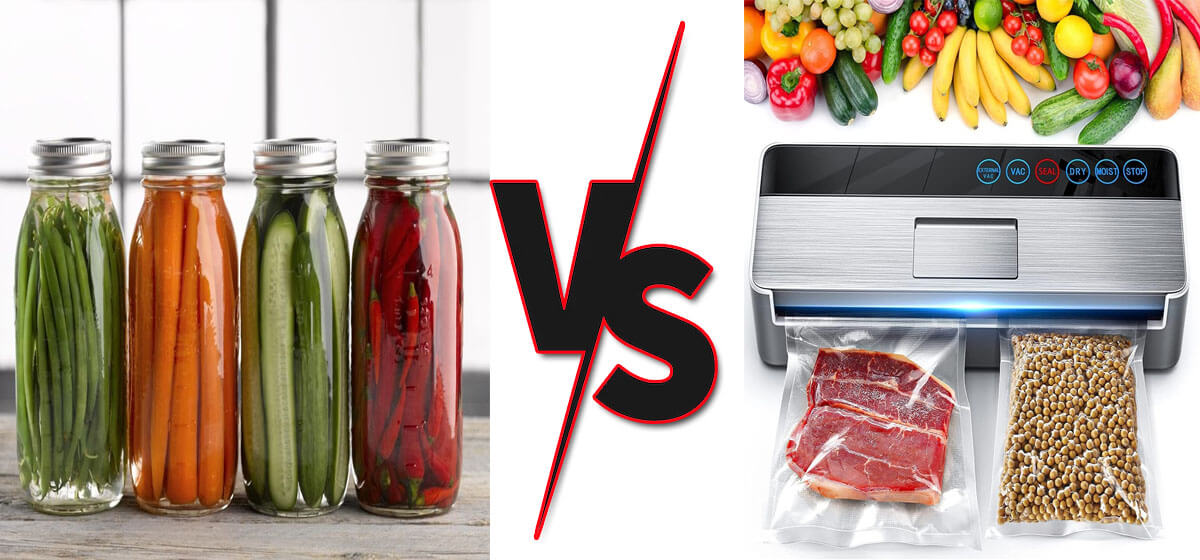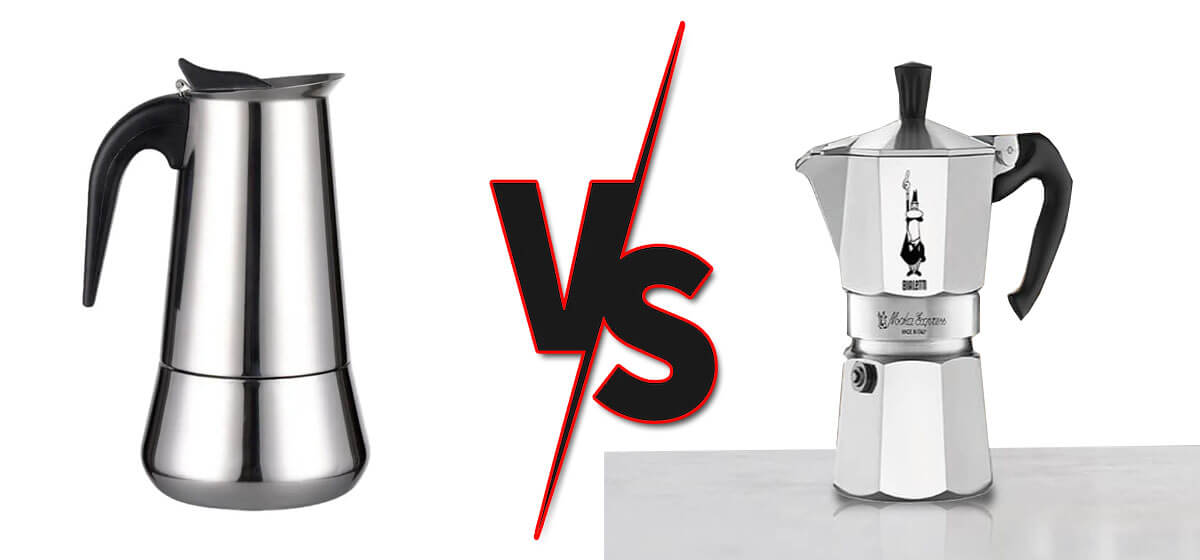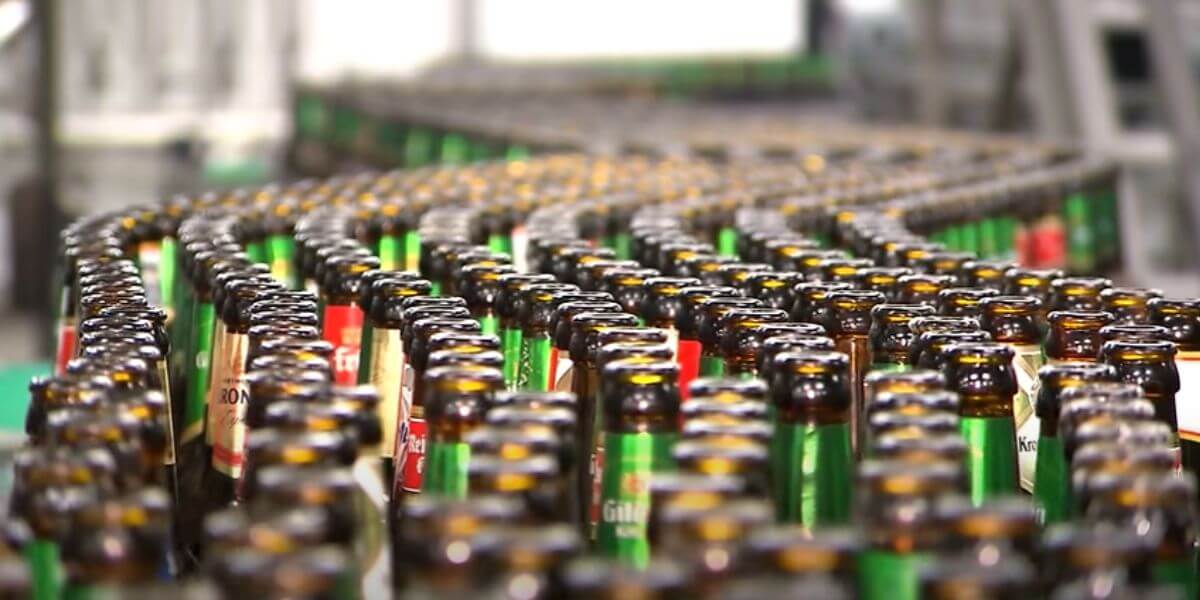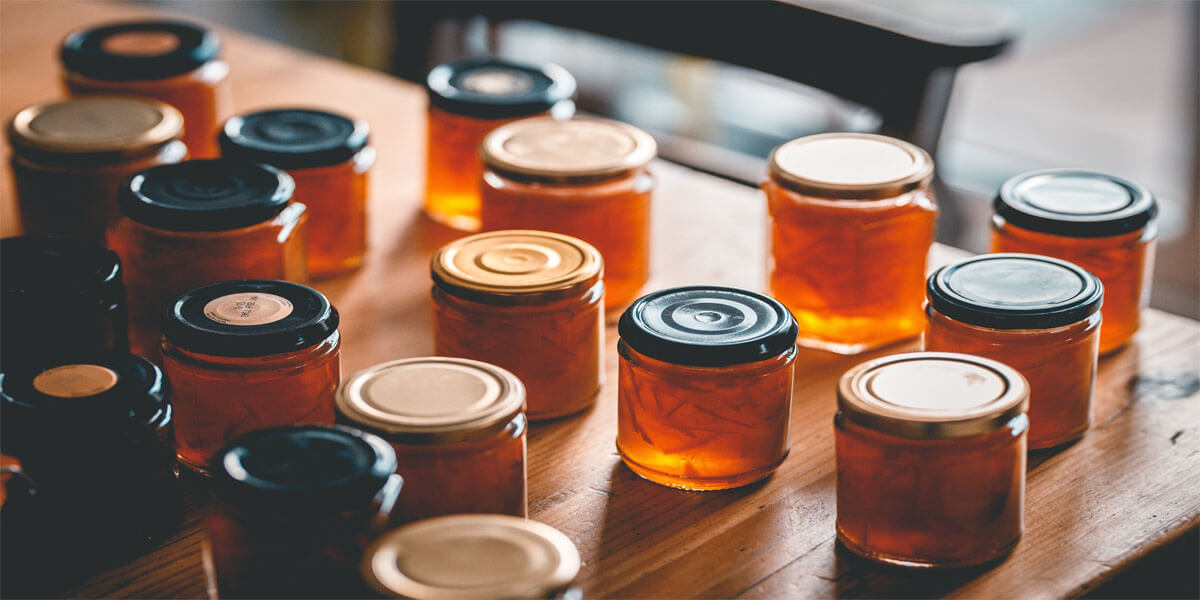Canning vs Vacuum sealing comparison 2023

As an Amazon Associate I earn from qualifying purchases.
Food storage techniques like canning vs vacuum sealing have been around for generations. While both methods aid in keeping food fresh, the effects they generate in terms of nutrition, flavor, and shelf life are substantially different.
We’ll examine the variations between canning and vacuum sealing in this article so you can choose the approach that best meets your needs. We’ll look at everything from cost-effectiveness to nutritional value; by the end of this blog post, you will know exactly which is the better option for your pantry!
Overview of canning and vacuum sealing methods
Food is sealed in a jar using heat during the canning process. The food is kept fresh for months or even years thanks to the heat’s ability to kill bacteria and other microorganisms. However, canning also destroys some of the preserved food’s flavor and nutrition.
Before sealing the package containing the food, vacuum sealing eliminates all of the air. By reducing oxidation and delaying deterioration, the food’s flavor and nutritional value are maintained for a longer period of time. Vacuum-sealed food can last for months or even years when stored properly.
Advantages and Disadvantages of Canning Sealing
Food preservation through canning has been a common practice for many years and is still widely used today. The fact that canning is relatively affordable and only requires a jar and the foods you wish to preserve is one of its main benefits. It also requires very little prep time; your food will be protected if the jars are properly sealed.
The main disadvantage of canning is that it destroys some of the flavor and nutrition of the food. Some vitamins, minerals, and other nutrients are lost during heating. Additionally, canned food must always remain in a sealed container to maintain its freshness; otherwise, bacteria could contaminate it and cause spoilage.
Advantages and Disadvantages of Vacuum Sealing
A more contemporary method of food preservation, vacuum sealing is quickly taking over as the option of choice for many individuals. Unlike canning, vacuum sealing does not require heat; air is removed from around the food before it’s sealed in an airtight package. This makes food more nutrient- and flavor-rich over extended periods of time.
Another benefit of vacuum sealing is its affordability; many home vacuum sealers can be found for under $100, and supplies are also reasonably priced. Food that has been vacuum-sealed is also easier to store than canned food because it takes up less room.
The main disadvantage of vacuum sealing is that it requires special equipment; with the right vacuum sealer, achieving the desired results is possible. Additionally, some people find that vacuum sealing doesn’t preserve their food as long as canning does – although this depends on how often you open and reseal the package.
Cost Comparison Between Canning and Vacuum Sealing
Canning is often the more cost-effective option since all you need are jars and some ingredients. Depending on what type of food you’re preserving, canning supplies can be found for as little as $2 per jar. However, vacuum sealing may be cheaper if you plan to use your canned food longer.
The initial cost of a vacuum sealer, which is necessary for vacuum sealing, can range from $50 to more than $500, depending on its features and quality. However, because vacuum-sealed food can stay fresher for up to five times longer than canned food, it might end up being less expensive overall.
Step-by-Step Guide to Canning Sealing at Home
Canning is a relatively simple process, easily performed at home with the right supplies. Here are the basic steps you’ll need to follow to successfully can your food:
Read More: Canning vs Vacuum sealing comparison 2023
Step-by-Step Guide to Vacuum Sealing at Home
Vacuum sealing is more involved than canning since it requires a vacuum sealer. Here’s how you can do it at home:
Tips for Storing Food with Canning or Vacuum Sealing
No matter which method you choose to preserve your food, there are some important tips you should keep in mind:
Always use clean, sterilized jars or bags for canning or vacuum sealing.
Label and date the jars/bags before storing them away. You can keep track of when food was preserved and when it should be utilized using this.
Store the jars/bags in a cool, dark place to reduce spoilage and prevent bacteria growth.
Check your sealed food regularly for signs of spoilage or contamination.
The bottom line is that canning and vacuum sealing are great methods of preserving food at home, but they’re not created equal: each has its advantages and disadvantages and its best uses. You may choose which approach works best for keeping your cupboard filled with delectable, nutritious food by assessing the benefits and drawbacks of each one.
A final tip: make sure to store all sealed food in an airtight container; this will help keep it as fresh as possible for longer periods. Happy preserving!
End of Content
Regarding canning and vacuum sealing, making the right decision depends on your preferences and needs. Consider how much you are willing to spend on equipment and the time commitment required for each method. Canning could be the most economical and speedy solution if you need to preserve a huge amount of food.
On the other hand, vacuum sealing can be the ideal option for you if you have a tight budget or don’t need to preserve a lot of food. Whatever technique you choose, it’s critical to adhere to proper storage recommendations to keep your food fresh and bacterial-free. Make careful to periodically examine your food for symptoms of spoilage and discard anything that seems or smells off. With the right supplies and techniques, you can successfully preserve your favorite foods with either canning or vacuum sealing!
Amazon and the Amazon logo are trademarks of Amazon.com, Inc, or its affiliates.




